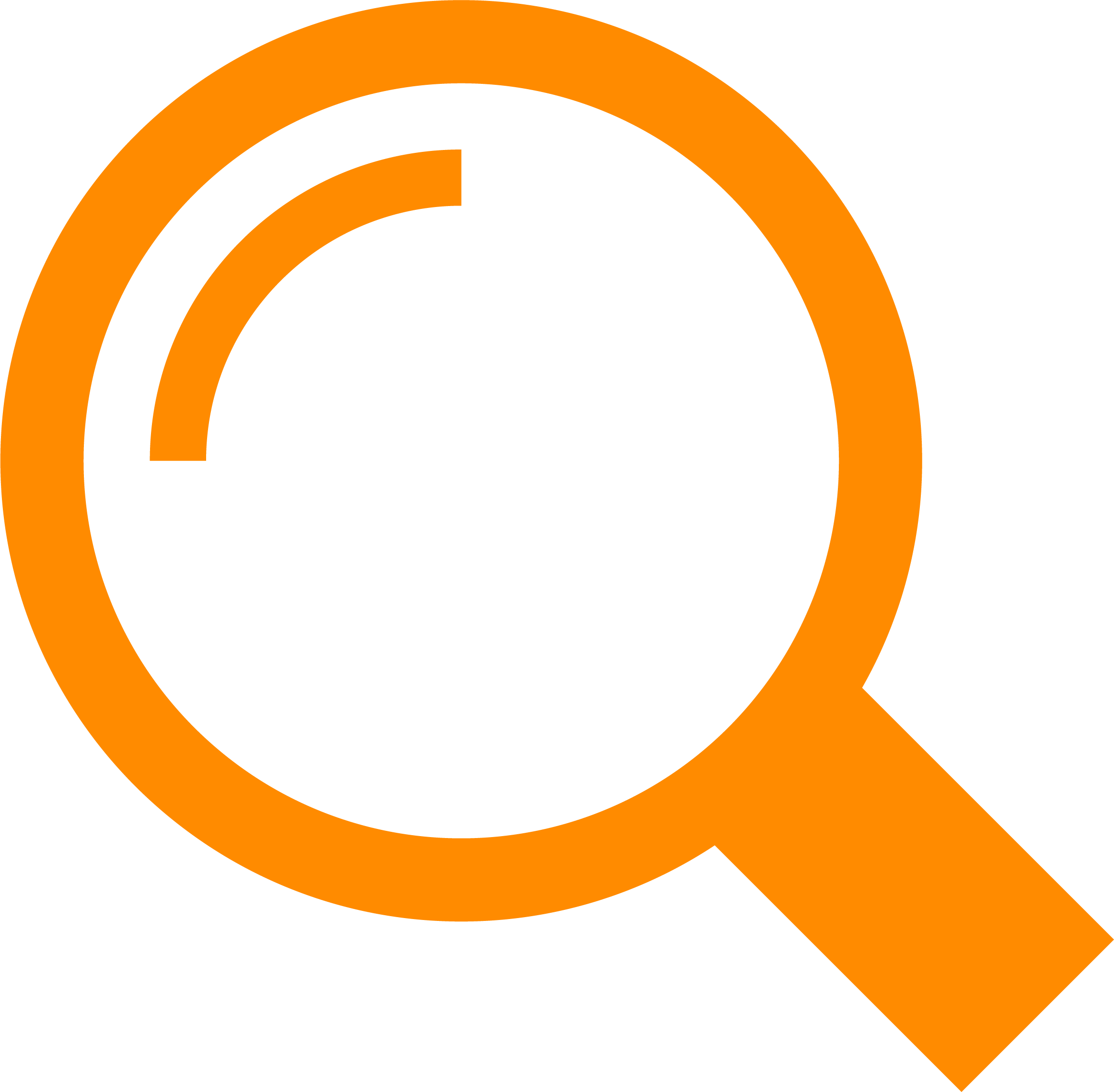Stay Safe While You Shop: Avoiding Marketplace Scams in Canada
- Darion Ducharme

- Apr 21
- 2 min read

Have you ever seen a deal online that felt just a little too good? Like a brand-new iPhone for $100, or a designer bag for a quarter of the price?
It might be a great find—or it might be a scam.
With online marketplaces like Facebook Marketplace, Kijiji, and Craigslist growing in popularity, so have the number of scam artists trying to make a quick buck off unsuspecting shoppers.
Teqare helps you shop smarter and safer. Here’s how to spot a marketplace scam before it costs you.
Common Types of Marketplace Scams
Fake Products or Counterfeits
Scammers may post pictures of real, high-end products, but what arrives (if anything) is a cheap knockoff. If a deal seems wildly underpriced, it’s worth a second look.
Phantom Listings
Some sellers don’t actually have the item at all. They collect your payment—and vanish. These are especially common with popular electronics and rental properties.
Bait-and-Switch
You agree on a product or price, but when you show up, the seller claims it’s "already sold"—but they have another item to offer at a higher price or of lower quality.
Red Flags That Signal a Scam
Price Too Low to Be Real
If it looks too good to be true, it probably is. Scammers rely on the appeal of a "steal" to lure in buyers quickly.
Vague Descriptions and Stock Photos
Listings without specific product details or using only professional-looking stock images instead of actual photos should raise suspicion.
Rushed or Pushy Sellers
Watch out for sellers who urge you to act fast, especially if they’re pressuring you to send money in advance or skip in-person meetings.
Payment Requests via E-Transfer or Gift Cards
Scammers often ask for payment through methods that are hard to trace or reverse. Never send an e-transfer deposit with the promise they will meet you at a later time/date.
How to Protect Yourself When Buying or Selling Online
Choose a well-lit, busy location—like a coffee shop or community meetup spot. Some police stations even offer safe exchange zones.
If you're meeting a stranger, let someone know the time and place or take a buddy with you.
Inspect the item thoroughly. For electronics, test it. For clothing or gear, check for signs of authenticity.
Cash is safest for in-person deals. For digital payments, use trusted platforms like PayPal with buyer protection.
Trust Your Instincts
When in doubt, walk away. It's better to miss out on a deal than fall for a scam. Your instincts are powerful—use them. If something feels off, it probably is. Maybe the seller won’t answer basic questions. Maybe they only want to communicate via text or refuse a phone call.
These small red flags can signal something bigger. Take a breath, double-check the listing, and consider looking elsewhere. There are always more deals, but your money and safety are worth protecting.
Stay Safe. Shop Smart. Choose Teqare
Whether you’re buying electronics or looking for tech support, Teqare is here to help you make safe, smart decisions online.
Check out our scam prevention workshops and stay one step ahead of scams.
Photo by Tara Winstead



